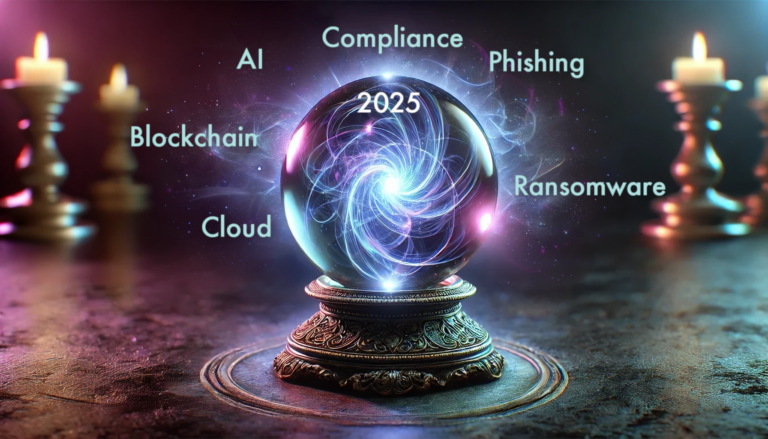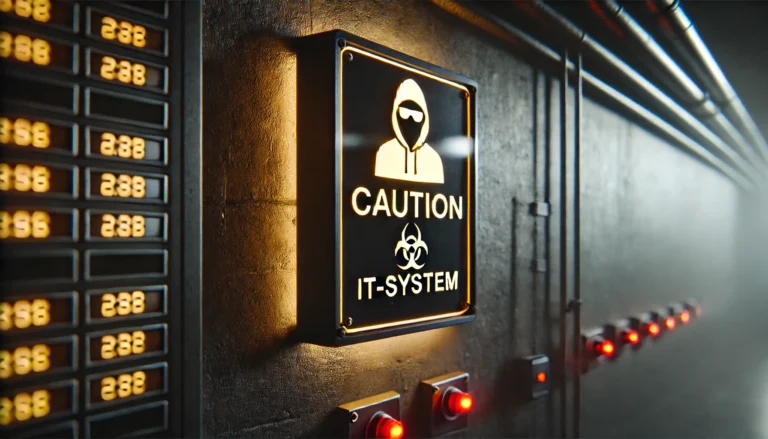Beyond Passwords: Navigating the New Reality of Enterprise Identity Management
In modern enterprise security, the landscape of identity management has transformed from a simple gateway into an intricate web of protocols, standards, and adaptive systems. What once required a mere username and password now demands a sophisticated orchestration of multiple authentication layers, contextual awareness, and dynamic access controls.
The Shifting Foundation of Access Management
PAM perfectly exemplifies the multifaceted nature of modern security solutions. Whether referring to Privileged Access Management in the boardroom, Pluggable Authentication Modules in system architecture, or Privilege Access Monitoring in security operations, each interpretation represents a crucial layer in comprehensive security strategy. This complexity mirrors the broader challenge organizations face: building authentication systems that are both robust and adaptable.
Traditional authentication standards continue their evolution. While SAML remains deeply entrenched in enterprise environments, the emergence of OIDC and OAuth 2.0 has redefined how modern applications handle identity. These protocols don’t compete but complement each other, creating a framework where legacy systems and cutting-edge applications coexist seamlessly.
The Intelligence Behind Modern Authentication
Contemporary authentication transcends the binary world of approved or denied access. Modern systems analyze a rich tapestry of contextual signals: geographic location, device health, access patterns, and behavioral markers. This shift transforms authentication from a simple barrier into an intelligent guardian, capable of adapting its scrutiny based on risk levels.
Consider a trading platform where standard market hours see regular transaction patterns. When unusual trading activities occur outside normal hours, the system automatically escalates its security requirements. This dynamic approach, known as step-up authentication, represents the new standard in access management – security that adapts to changing risk levels in real-time.
Architecting Adaptive Security
Platforms like Keycloak and Gluu have emerged as powerful enablers of this new paradigm. Their strength lies not in rigid security rules but in their ability to implement fluid authentication workflows. A healthcare provider might require different authentication levels for viewing basic patient information versus accessing surgical records. The system must seamlessly escalate security requirements while maintaining operational efficiency.
The concept of “best practices” requires careful reconsideration in this context. While security fundamentals remain constant, their implementation must align with organizational realities. A manufacturing environment with shop floor workers requires fundamentally different authentication patterns compared to a financial services firm with remote analysts. Success lies in adapting security principles to operational contexts rather than forcing standardized solutions.
The Context-First Approach
Understanding organizational context becomes paramount when designing modern IAM solutions. A multinational corporation might need authentication systems that account for varying privacy regulations across jurisdictions. Healthcare providers require systems that can balance strict access controls with rapid authentication during emergencies. These nuances demand solutions that extend beyond standard security templates.
Future-Ready Identity Management
The authentication landscape continues its rapid evolution. Emerging threats, evolving compliance requirements, and changing user expectations drive constant innovation. Modern IAM architecture must therefore embody flexibility – capable of incorporating new authentication methods while maintaining security integrity.
This reality demands modular, adaptable solutions. Whether implementing Keycloak, Gluu, or proprietary systems, the focus must remain on building frameworks that evolve with organizational needs. Some environments might start with basic authentication flows and gradually increase complexity, while others require sophisticated systems that can simplify for specific use cases.
Securing Tomorrow’s Enterprise
The future of enterprise security lies not in implementing every available security feature but in creating intelligent, adaptive systems that align with organizational needs. Success requires moving beyond the checkbox approach to security, focusing instead on understanding specific operational requirements and building solutions that grow with the organization.
In the complex world of enterprise identity management, the goal isn’t to eliminate complexity but to manage it effectively. By building systems that adapt to changing conditions while maintaining robust security, organizations can protect their resources without compromising operational efficiency. The key lies not in collecting security features but in orchestrating them intelligently to serve specific organizational needs.
Contact us a for a free initial consultation.



